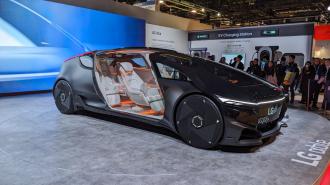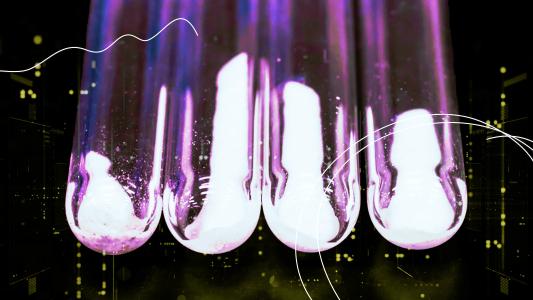This year’s Consumer Electronics Show (CES), the world’s largest technology convention, wrapped last week in Las Vegas in a blaze of techno glitz, keynote pizazz, and futuristic gizmos. As always, much of the coverage focused on the new, cool, and weird gadgets populating the showroom floors. There were transparent TVs, gaming devices, ever more powerful laptops, everyday objects turned smart, and electric snow-less skis (because why not?).
Beneath the gaggle of gadgets, however, CES also revealed the undercurrents that will shape the technological landscape and change how people interact with technology — and, by extension, their lives and the world. Here are the six trends that we think will prove most meaningful in the years to come.
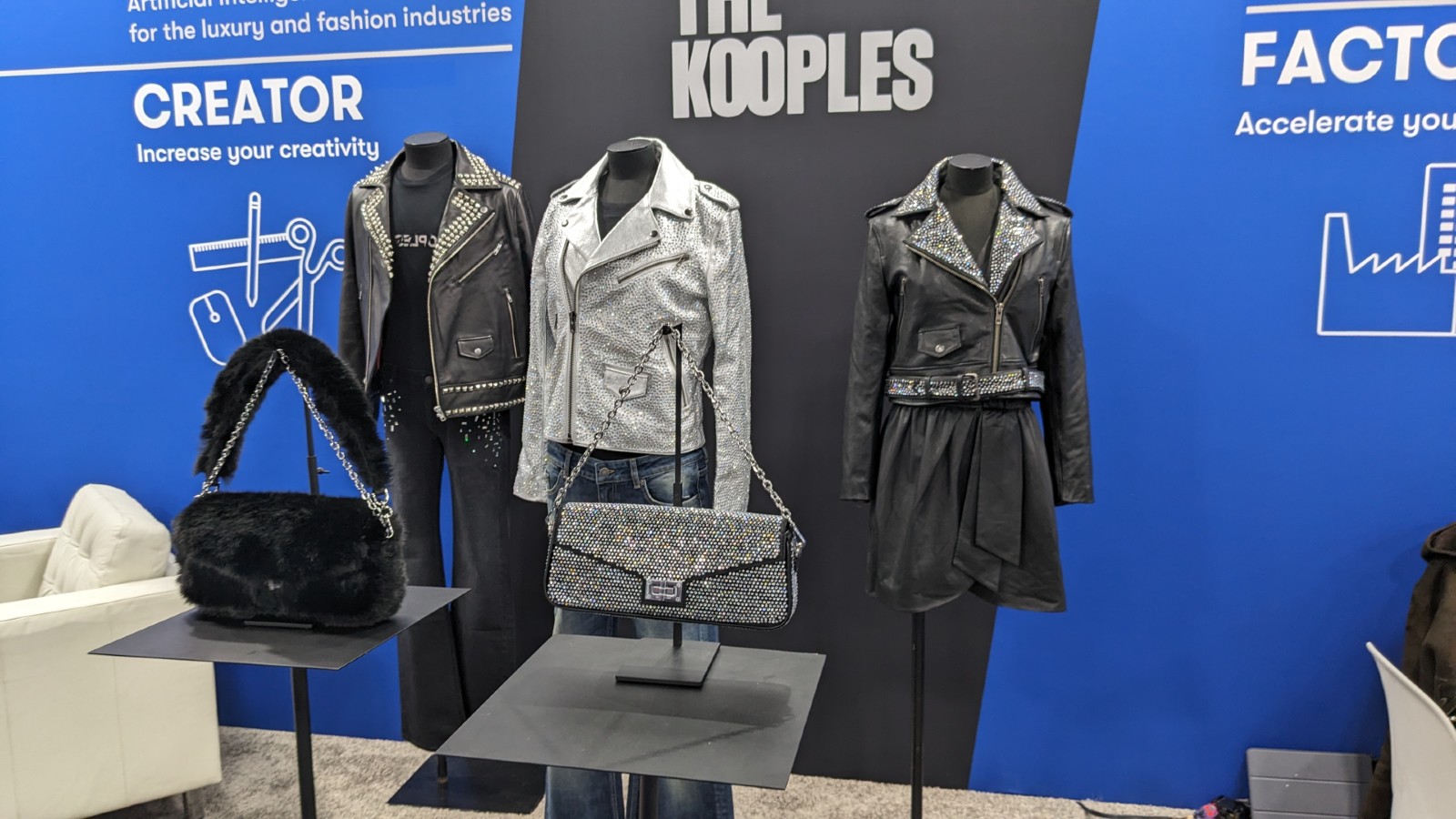
AI, AI, and more AI
Generative AI made incredible progress last year, and one thing was clear at CES 2024: No one wants to be left behind. Every booth seemed to capitalize on the buzz by fitting AI into every application it could — even if the AI in question was more traditional than generative.
AI virtual assistants found their way into cars and the already popular Rabbit RI device. Companies like Walmart and L’Oréal proposed ways for AI to make shopping smarter. AI powered everything from apps that translate baby cries and robots that house-sit your dog to pillows that keep you from snoring. It even turned trend-setting designer with a line of fashion wear.
Ultimately, CES revealed that industries across the board are trying to figure out how to use this all-purpose technology, rather than definitively showing us what comes next. Figuring it out will take time, experimentation, and plenty of testing in the real world, so we expect AI to continue dominating tech conversations through CES 2025 and beyond.
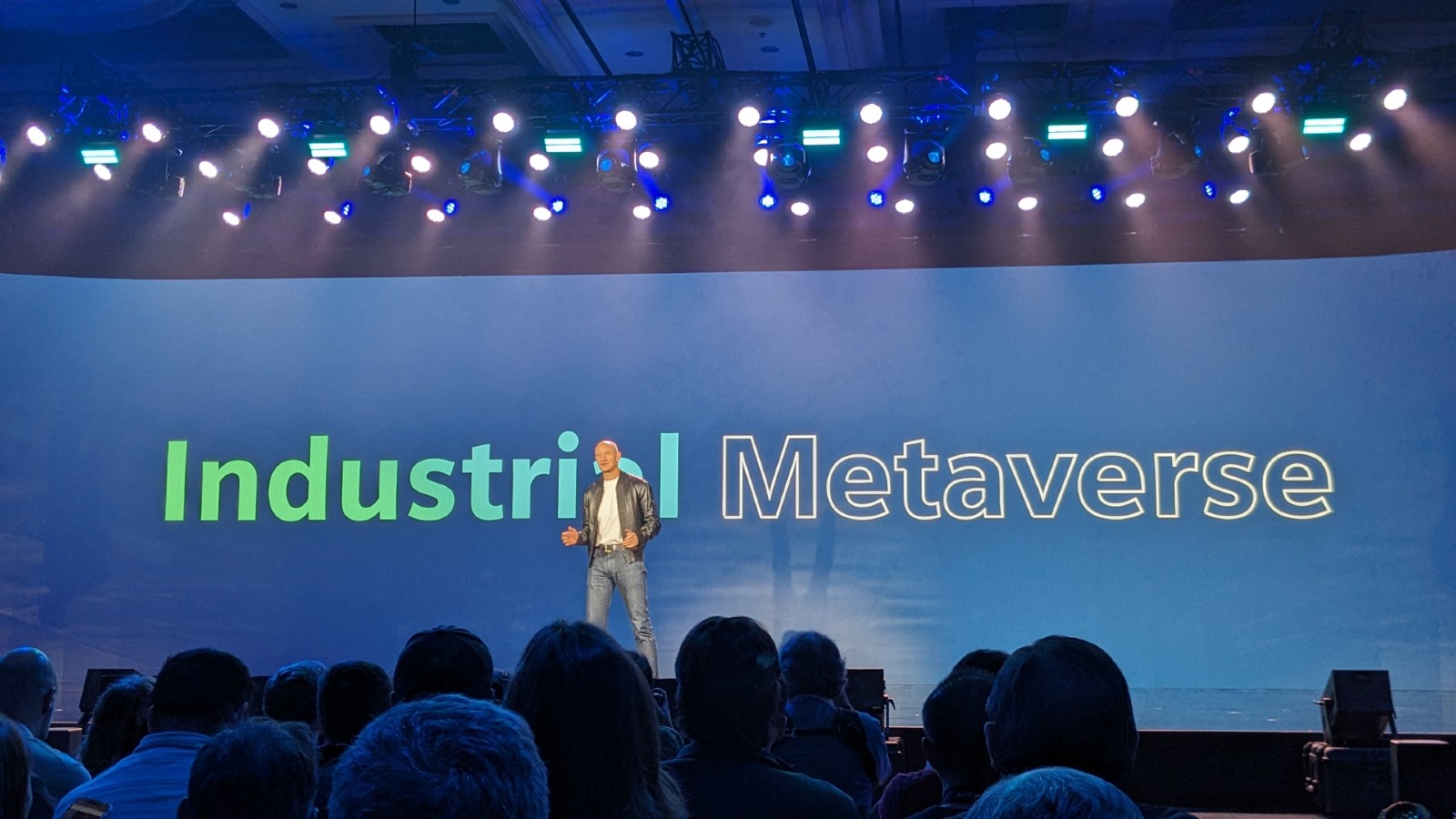
The metaverse’s industrial revolution
For most people, the metaverse hasn’t yet proven compelling. Promises of virtual offices and social hangouts land flat when they have real-world spaces for such activities — to say nothing of the costs for even a modest VR setup. This year’s CES changed the metaverse script by touting concepts that, while more niche, may prove more persuading.
During his keynote, Roland Busch, CEO of Siemens, the giant German multinational, introduced the “industrial metaverse.” Using VR devices and physics-real simulations, Busch proposed virtual spaces where engineers and logisticians could work to build life-accurate models (aka, digital twins). These virtual twins would allow professionals to build prototypes of everything from cars to airplanes and even entire factories in virtual spaces. They could then be realistically tested in those same spaces — allowing companies to save on prototyping and construction costs.
Other companies are looking to change how we experience these virtual spaces. HaptX demoed a haptics technology that allowed users to realistically feel virtual objects, providing more life-like experiences in virtual spaces. Meanwhile, Sony presented a new mixed-reality (MR) headset designed for “immersive engineering” to pair with Siemens’ industrial metaverse concept.
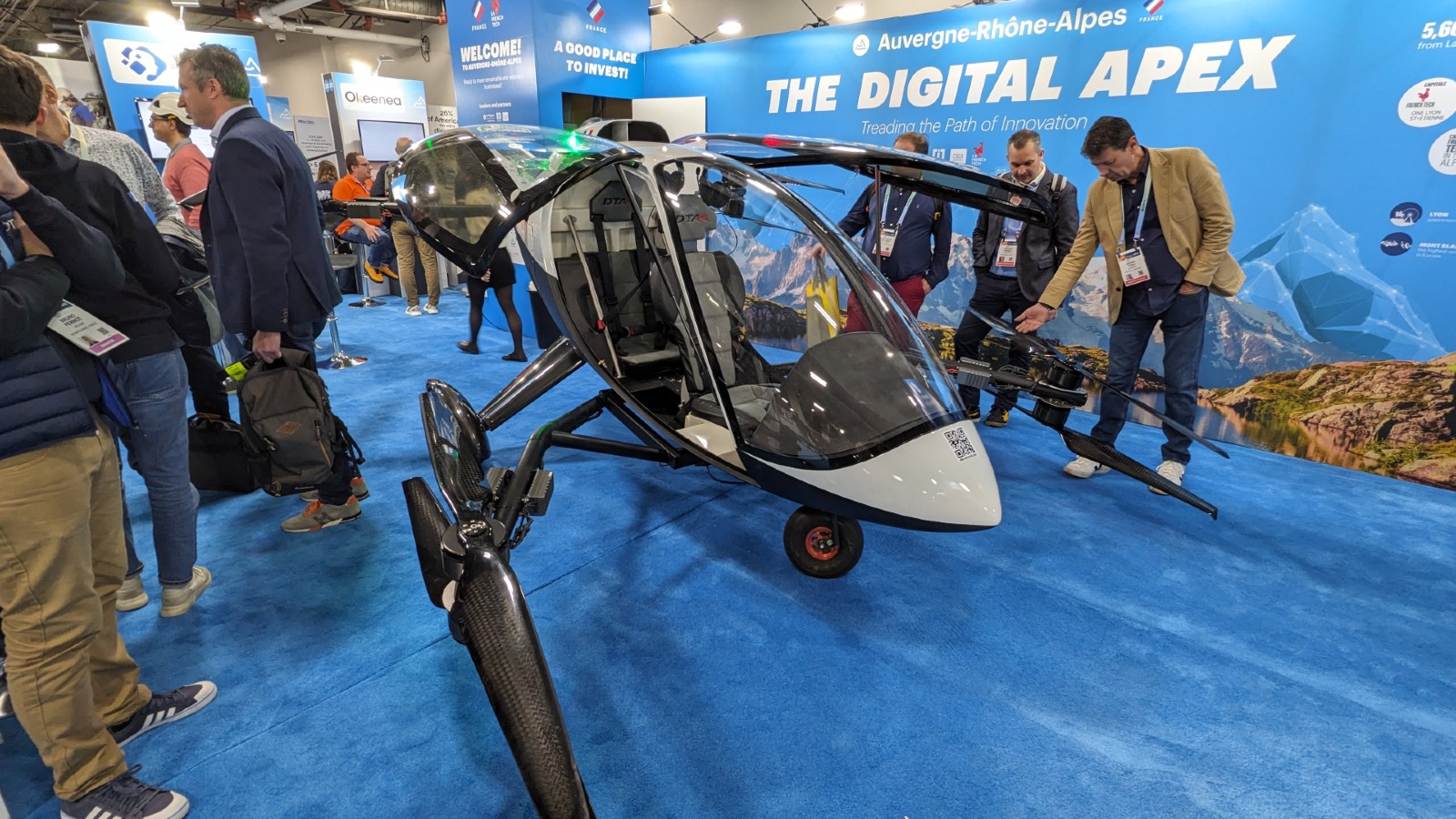
Travel looks ahead (but stays grounded)
Autonomous vehicles continue to dominate the imaginations and booths of CES. LG’s latest concept car not only reconsidered the experience of passengers in self-driving vehicles but also that of pedestrians around them. One of its many proposed features is the ability to project a green crosswalk onto the street to let people know it is safe to cross.
But even with many billions spent and decades of testing, the CES showings made it clear that the promise of Level 5 autonomous vehicles remains a ways off. Now, many companies are also presenting intermediate ways to reimagine travel.
BMW demonstrated a remote-driving SUV that didn’t require any additional hardware to be added to its existing vehicles — just some software tweaks. While the company pitched the concept for valet services, piloted by humans driving remotely, it could theoretically expand to longer traveling distances. Meanwhile, electric vehicles also had a strong presence at the expo, such as an electric pickup truck unveiled by VinFast, and AI integration promised drivers the chance to interact with their car’s systems through natural language.
Looking further into the future, companies such as Hyundai promoted flying taxi concepts that would operate in sky “highways,” but of course, a host of regulations would need to be established before such concepts could take off for the average consumer.
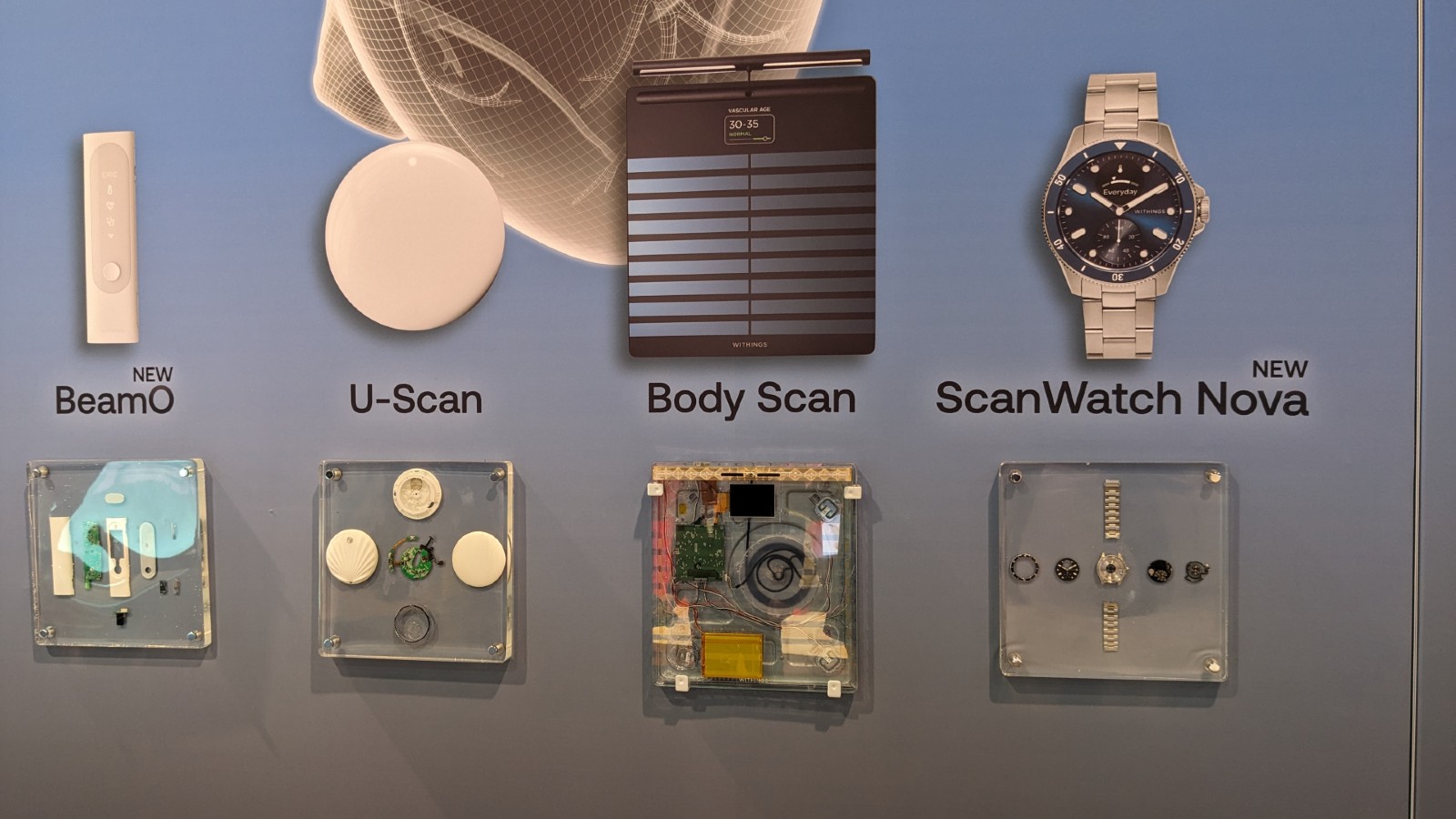
Taking the pulse of proactive health
Health gadgets have a long history at CES; however, while devices like smartphones and smartwatches offer us a snapshot of our overall health, this year’s batch promises to provide a richer understanding of our bodies — and ultimately, more information to make better, healthier decisions.
Withing’s new health monitor BeamO combines a stethoscope, oximeter, ECG, and thermometer into one device. The device not only opens the door to a wealth of self-monitoring data but allows the user to record the data and send it to their doctor. With such data in hand, doctors could make telehealth diagnoses more accurate by recognizing symptoms that may not present themselves on a digital camera or through a quick chat.
Other health gadgets aimed to help people with disabilities connect more seamlessly with the world through technology. TranscribeGlass offered deaf people an eyeglasses attachment that transcribes conversation in real-time and projects them as captions, while Lumen’s eyewear replicated many of the tasks of a seeing eye dog for blind people. Gyrogear’s new stabilizing glove hopes to help people with tremor disorders regain control of their hand movement, and Tandem showcased the world’s smallest automated insulin delivery system.
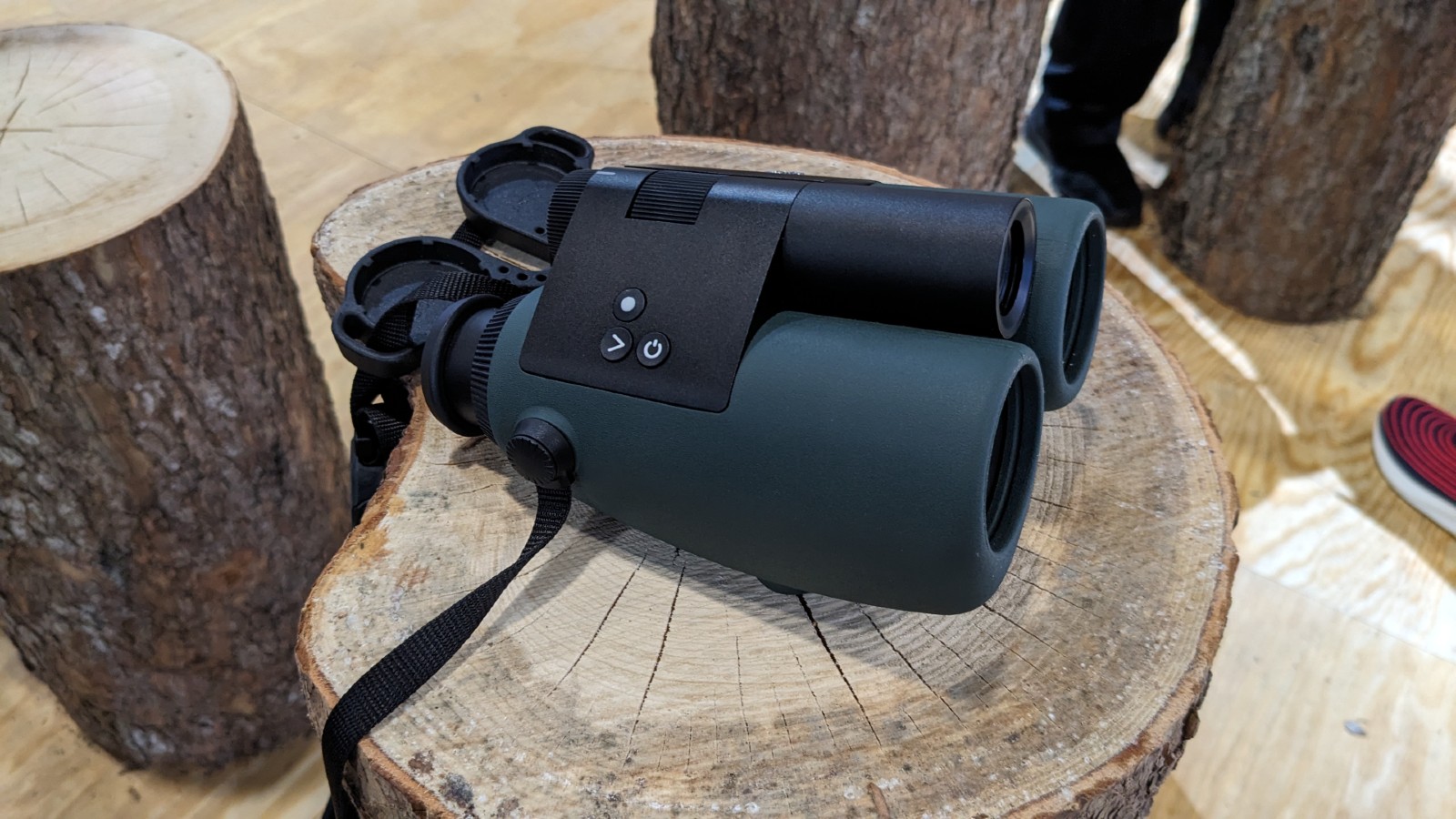
Tech connects with nature
Plenty of technology at this year’s CES looked to sustainability and ways to lessen technology’s impact on the environment. Agapyo presented a biodegradable plastic that could be added to a standard compost pile, while Neoplants has engineered a pothos houseplant to remove 30 times more pollutants from the air of indoor environments.
But many booths also showcased technology to help people reconnect with nature in unique and meaningful ways.
For bird lovers, Swarovski Optik’s Ax Visio binoculars can identify any bird you spot with them. It also snaps a picture and creates a record of the find. Meanwhile, Haikubox, a home device that listens to bird songs in your neighborhood, also identifies the bird and records the song and time of day for your collection. Both devices offer a way for users to not only interact with nature, but create data that they can reference for their own education or, at scale, even deepen the resources available for scientific data gathering.
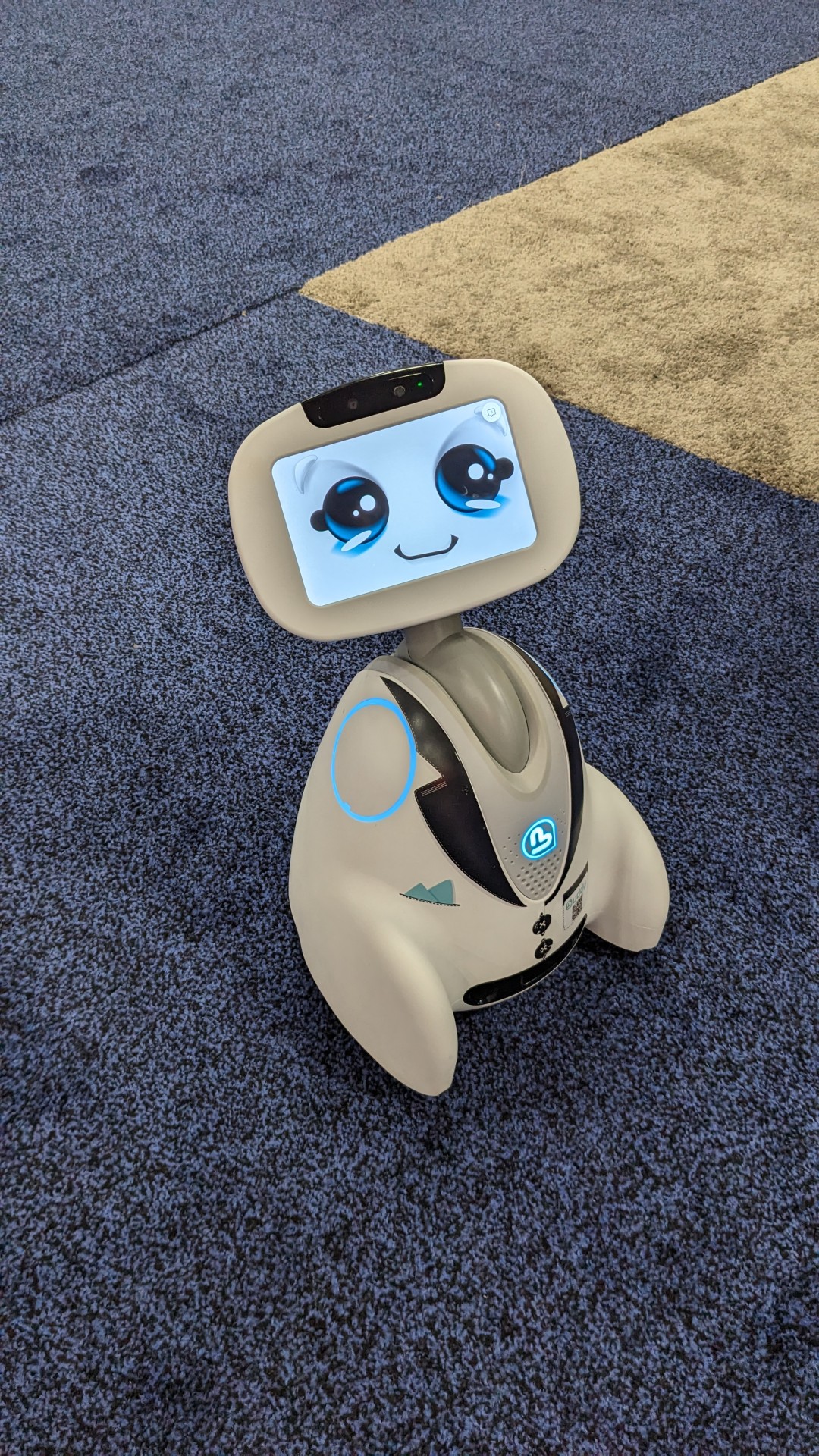
Work aims to be smarter, not harder
That’s not to say that all technology is taking a hike. Plenty of booths on the showroom floors demonstrated ideas for making our work lives easier, more productive, or just plain smoother.
AdHawk Microsystems showcased eyeglasses that analyze a wearer’s minute eye movements, sussing out the patterns that tell whether they are in the zone, need to take a break, or should maybe call it a day. As the data builds up, users can eventually clock their day to know when their prime work and rest hours are.
Meanwhile, Apple Vision Pro, which was technically announced last year at Apple’s developer conference, hopes to bring spatial computing and augmented reality to work by expanding our workspace area beyond screen bevels and into our full field of view. And because almost all of the technology we’ve mentioned will require faster, more reliable internet, the Wi-Fi Alliance announced at CES that it had begun certifying Wi-Fi 7 devices.
Of course, with more than 4,000 exhibitors and enough visitors to fill a small American city — to say nothing of the conversations that took place outside the convention proper — CES is too large and broad for a comprehensive overview. No doubt some trends flew under our radar while others will grow to be more prominent in the years ahead.
But one thing is for sure: The future of technology will be wild.
